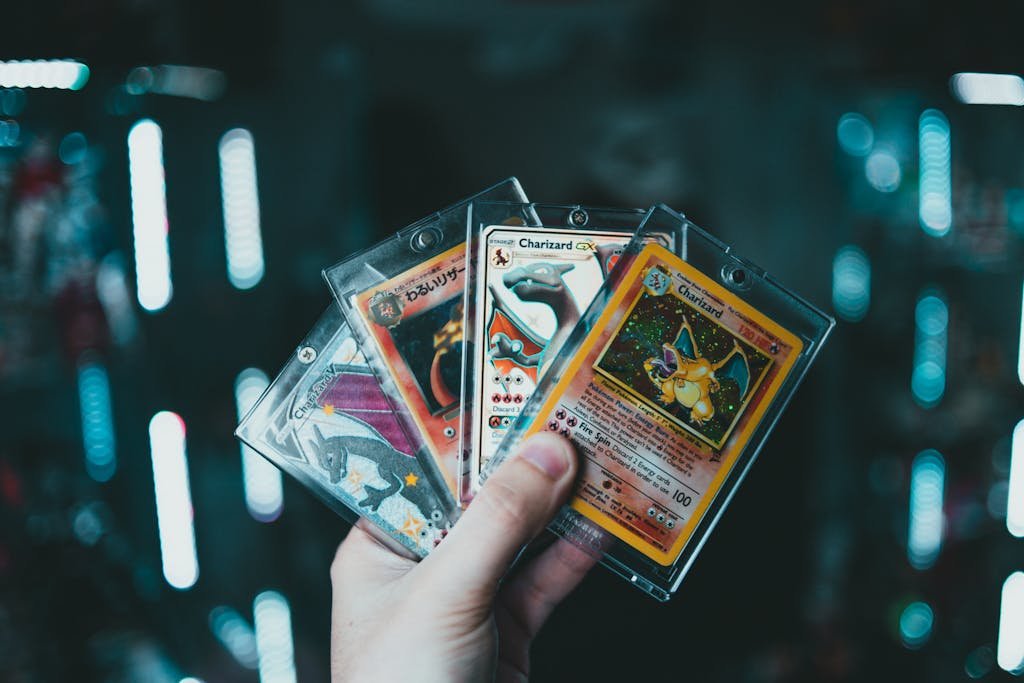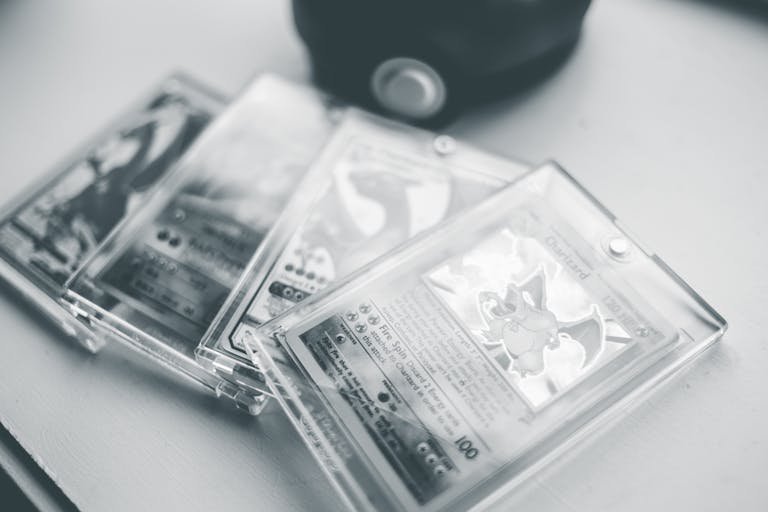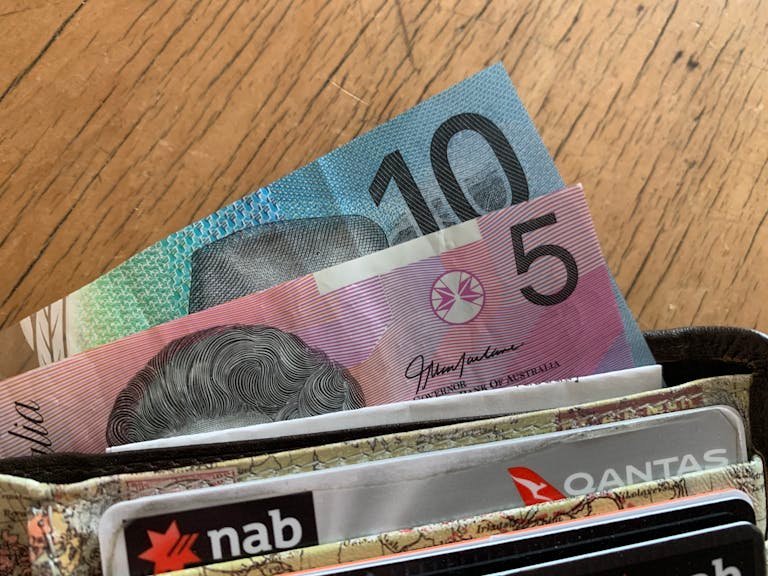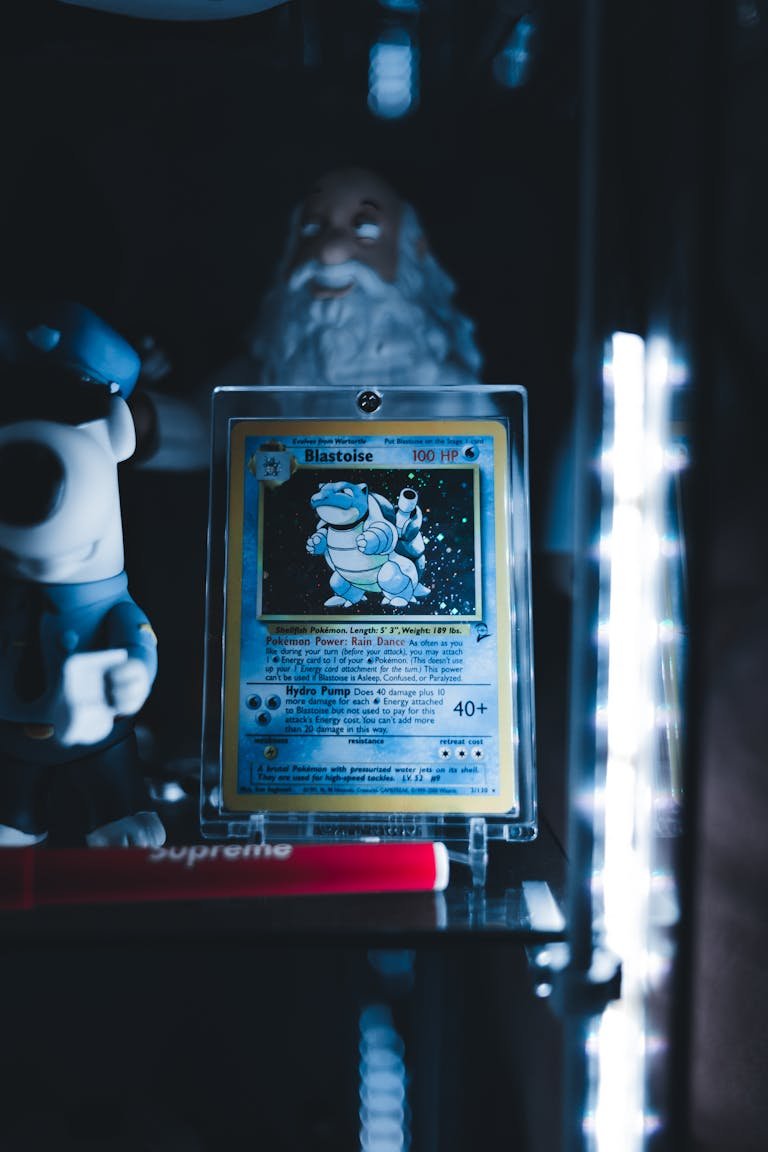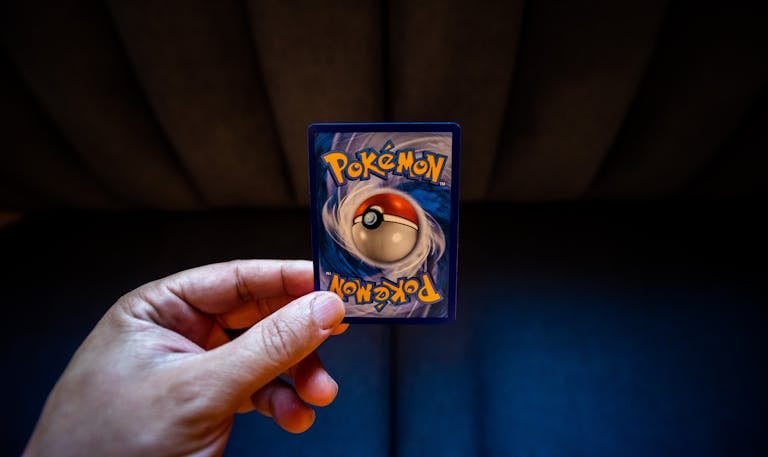Mint or Nah? Unlock Your Card’s True Power!
Pokémon card grading has brought many collectors and enthusiasts, as it results in a higher value and authenticity of collections. But, among many beginners, the task of grading is rather overwhelming. In the following, we will take you through the different stages of How to Grade Pokémon Cards using a reputable service, being careful to follow the submission directions, making the cards on purpose, and understanding the waiting period.
What are Pokémon cards?
The Pokémon cards are cast into the category of a collectible card game (TCG) called the Pokémon Trading Card Game (PTC). It has existed since 1996, it is inspired by the Pokémon series. The cards show all Pokémon characters, as well as the energetic cards, the trainer cards, and the stadium cards that guide you in playing this game. Either you keep the cards or you can deal with them to tweak the battle with others.
What is Pokémon cards Grading?
Pokémon card grading is a painstaking procedure that focuses on the card’s various characteristics and gives it a grade proportionate to the quality of the card. While professional grading service provides expert evaluations the collectors may easily perform their evaluation of the card’s condition to know their collection quality.
Pokémon cards grading companies
Two prominent grading companies,
- PSA
- Beckett Grading Services (BGS)
PSA (Professional Sports Authenticator) Scale
PSA employs a scale ranging from 1 to 10, with 10 being the highest grade.
Beckett Grading Services (BGS) Scale
BGS utilizes a scale from 1 to 10 as well, with additional subgrades for centering, edges, corners, and surfaces.
Methods For Pokémon Cards Grading
There are two types of Pokémon cards Grading:
- Self-Assessment Process
- Sending to a professional service
Self-Assessment Process
Essential Factors in Card Grading
When assessing the condition of Pokemon cards, several factors play a crucial role in determining their grade:
Centering
The location of the Pokemon picture and text, on the face and the back of the card is very crucial. The slight centering can also affect the card’s grade sharply.
Corners
Close to sharp corners with no whitening, bends, or denting show a higher grade card. Even if those imperfections are really small, they can bring about a huge decrease in the grade.
Edges
Tight edges without flaws, fraying, or blemishes contribute to the appearance of the card. The entire card is in pristine condition. In extremely close demonstrations, even minor signs of wear are perceptible.
Surface
The surface of the card should be completely smooth and free from scratches, whitening, printing errors, and everything else that could ruin its appearance. The microscopic analysis of the front and back sides is inevitable for getting the exact results.
Tools Needed for Self-Assessment
To conduct a thorough self-assessment of Pokemon cards, one should need the following tools:
Lighting
Multiple light sources, including natural light and a diffused lamp, provide optimal illumination for examining card details.
Magnification
Using magnified instruments like a jeweler’s loupe in such endeavors as testing the gloss of a piece of jewelry helps to uncover some defects that may not be seen with the naked eye, and is very useful when you are examining surface abnormalities.
Step-by-Step Self-Assessment Process
Performing a self-assessment involves a systematic examination of each aspect of the card’s condition:
Centering Inspection
Analyze whether or not the object is properly placed and well-centered on both the front and back of the image inside the edging. Shifting does not need to be significant to change the card’s grade.
Corner Examination
Thoroughly investigate each corner for sharpness and distinguish no traces of whitening, dents, or bent. The card grades may go down with flawless features.
Edge Evaluation
Take your thumb and feel the end molding where the stitches are concealed to look for cleanliness and the absence of damage from wear or tearing. The condition of the card- even due to the most insignificant wear- will greatly interfere with the card’s overall status.
Surface Scrutiny
Through close-up viewing, identify any damage which could be in the form of scratches, whitening, printing errors, or other marks on the card’s surface. The scrutiny of both surfaces whether they are the front or the back needs to be scrutinized.
Comparing with Professional Grading Scales
After the condition of the card has been established, check whether the card matches the standards of professional services such as PSA or BGS. This comparison is just for you to use as a reference to have an approximate grade your card might receive when it is examined by a professional grader. Nonetheless, you should note that some professional figures may find some mistakes you overlooked with your self-assessment.
Steps to Grade Pokemon Cards by Professional Service
Choose a Reputable Service
Find a grading service ( PSA, BGS, and CGC ) that you feel right about using and is by your requirements. It is critical to consider the turnaround time, cost, and the company’s standing in the collecting community when evaluating the strengths and limitations of a fossil company.
Check Submission Guidelines
You must become aware of the service’s submission rules before you send in your cards. These directives outline particular rules for packaging production, forms to use, and other key directions to follow.
Prepare Your Cards
Spend on the tear-proof sleeves and your all-round tight shockproof bag to insulate your cards while you travel. Right card packing leads to the probability of damage decrease and guarantees the cards to arrive at the grading facility safely and in perfect condition.
Submit Your Cards
Follow the service’s template for filling out the submission forms and stick the address back to them. Pay attention to the details such as card ID number, card grading, etc. Besides the option of bank wire transfer and return shipping.
Wait for the Results
The patience factor has a great deal of importance as often the document processing by service of grading takes weeks or even months. Now your cards will be sent for grading where they will be safely returned to you inside of a plastic case along with a report detailing the card’s condition and assigned grade.
Tips for Maximizing Your Grading Experience
- Do Your Research: When grading your cards, before you send them for the grading process, ensure you carry out research to understand the market value and popularity of each of the cards and whether grading is worth it or not.
- Handle Cards Carefully: Cut possible shear forces to lessen the risk of damage by the use of gloves and appropriate avoidance of contact with the card’s surface.
- Stay Informed: Take into consideration matters that concern advancement in grading systems, news from the industry, and the changes in grading standards to make collective and valuable decisions on your collection.
Read Also: The Investment Potential of Trading Cards.
Final Words
Grading Pokémon cards is a very stringent task that involves attention to detail and following specific guidelines. Picking a famous grading service, getting acquainted with submission requirements, thoroughly processing your cards, and waiting for results patiently means that you can get the grade for your Pokémon cards exactly and consistently, which helps in the preservation of their value and authenticity in your collection.
